If you're new to gardening or are planning a vegetable garden for the first time, you may have heard the term 'mulch' being thrown around. But what is mulch really, and how do you use it in your garden?
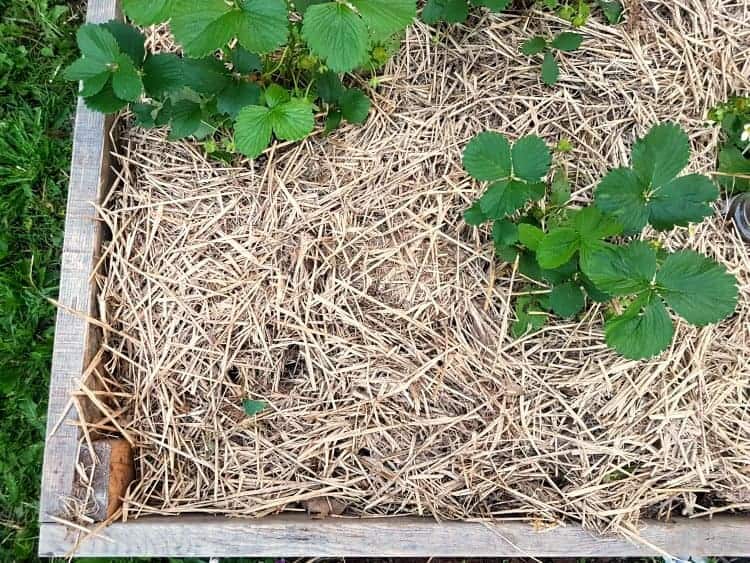
This post contains affiliate links for which we may be compensated if a purchase is made through the links provided at no extra cost to you. For more information, please read our affiliate disclosure.
When it comes to mulch, there are so many different types available that it can be overwhelming for a beginner to know what to choose, and how to use it.
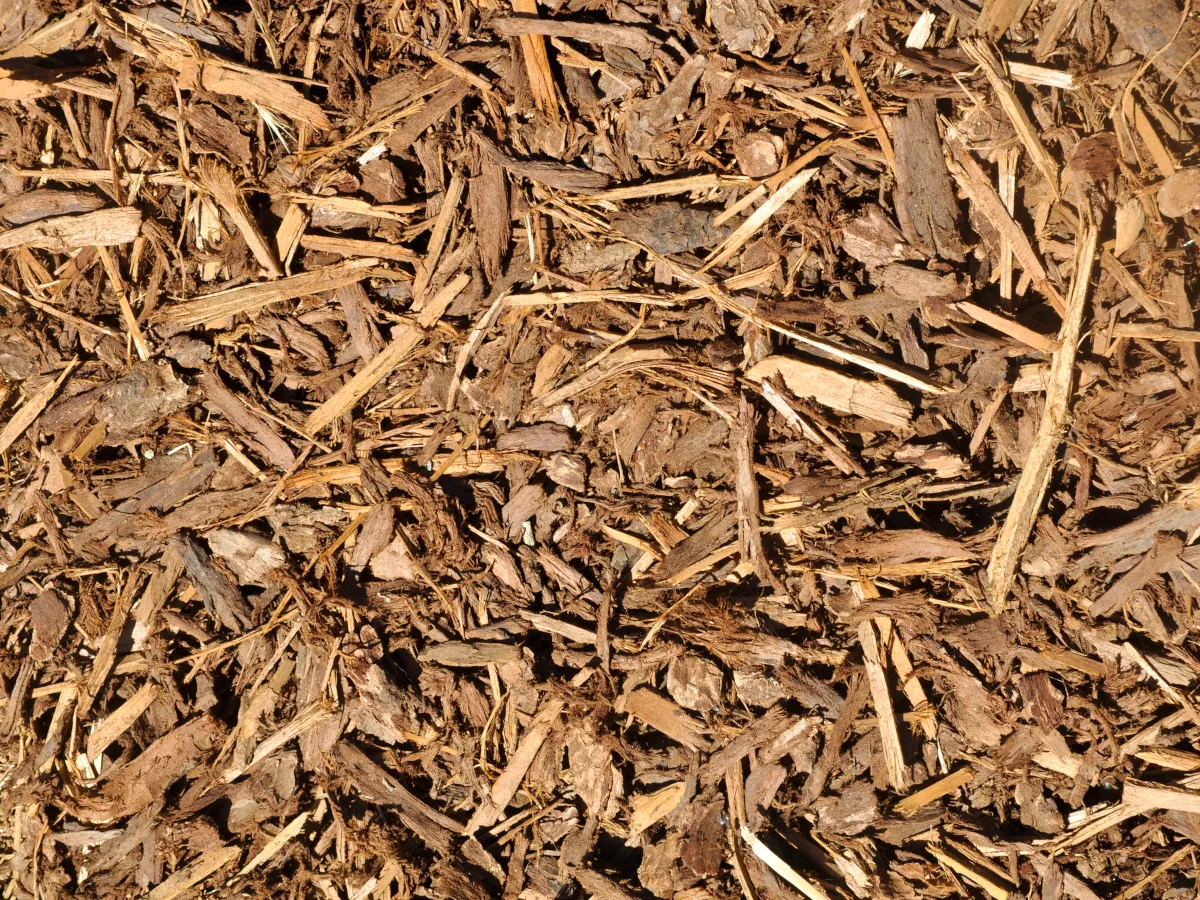
If you are just in the beginning stages of planning and starting a vegetable garden, this post will help you decide which mulch to choose and how best to use it.
What Is Mulch?
Mulch is (usually, but not always), an organic covering or layer that you spread over the soil surface in your vegetable or flower garden to achieve various goals. These may include:
- helping control the growth of weeds
- retaining/regulating moisture and improving soil quality
- protecting plants from cold weather
- improving the overall aesthetics of your garden beds
Common Types Of Mulch
There are many different types of mulch available to the home gardener. A few of the most common types of mulch include bark mulch and straw.
- Bark mulch - is most often purchased in either black or red. Usually, bark mulch is used as a decorative feature in flower gardens and around trees and shrubs. Not ideal for use in vegetable gardens, though you can get un-coloured cedar mulch which I've used in vegetable gardens with particularly stubborn weeds.
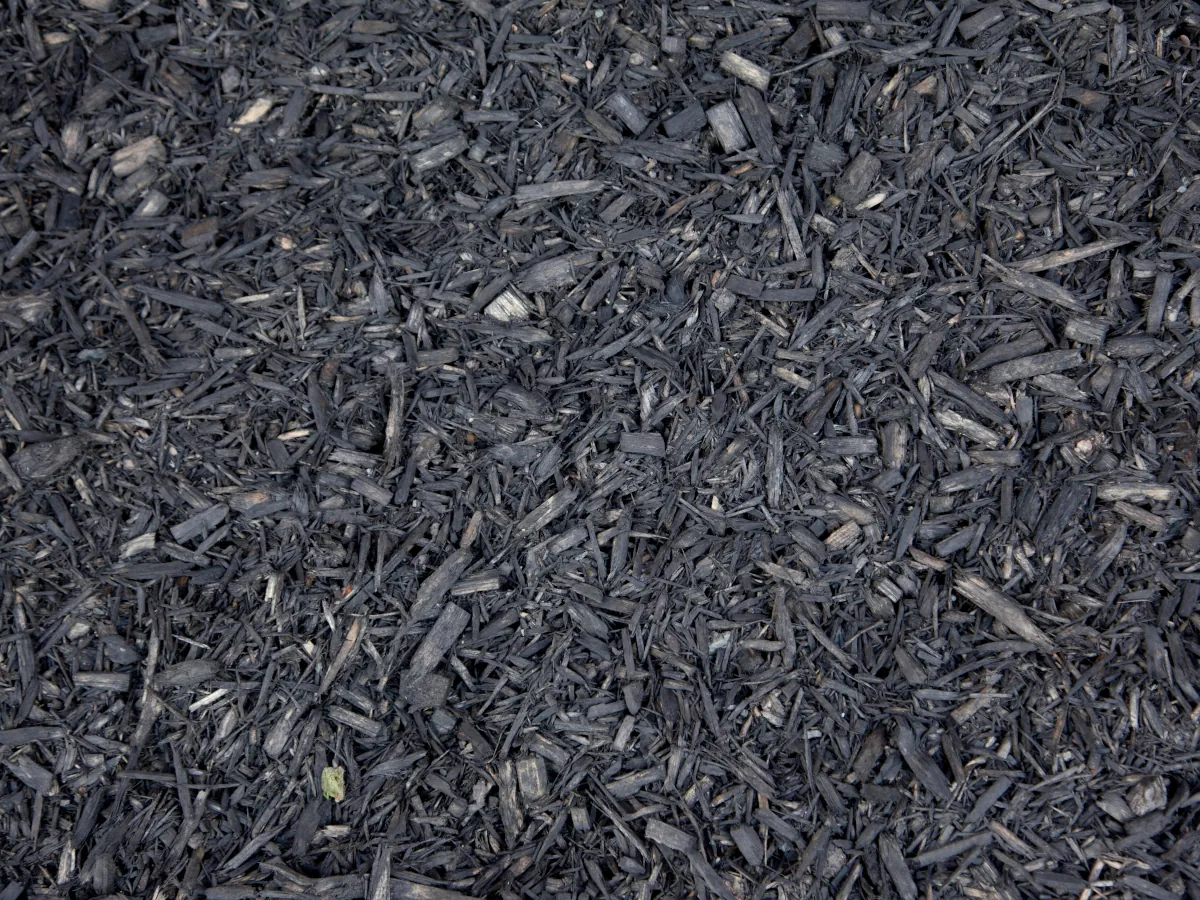
Bark mulch is particularly slow to break down, and should be removed yearly before re-applying new mulch to prevent rot and the spread of disease.
- Straw - ideal for mulching vegetable gardens and insulating perennial plants. Straw, as opposed to bark mulch, has the unique ability to act as insulation in cold weather, while also acting as a weed suppressant and water regulator in hot weather.
Straw can also be tilled into the soil in spring, (unlike bark mulch), which will help improve your soil quality as it decomposes, though you run the risk of unwanted seeds sprouting.
Pro Tip: Source old straw bales in the fall from farmers markets and grocery stores after Halloween when the fall displays come down.
Other Types Of Mulch
Some more uncommon types of mulch, ( but ones that still work great) include:
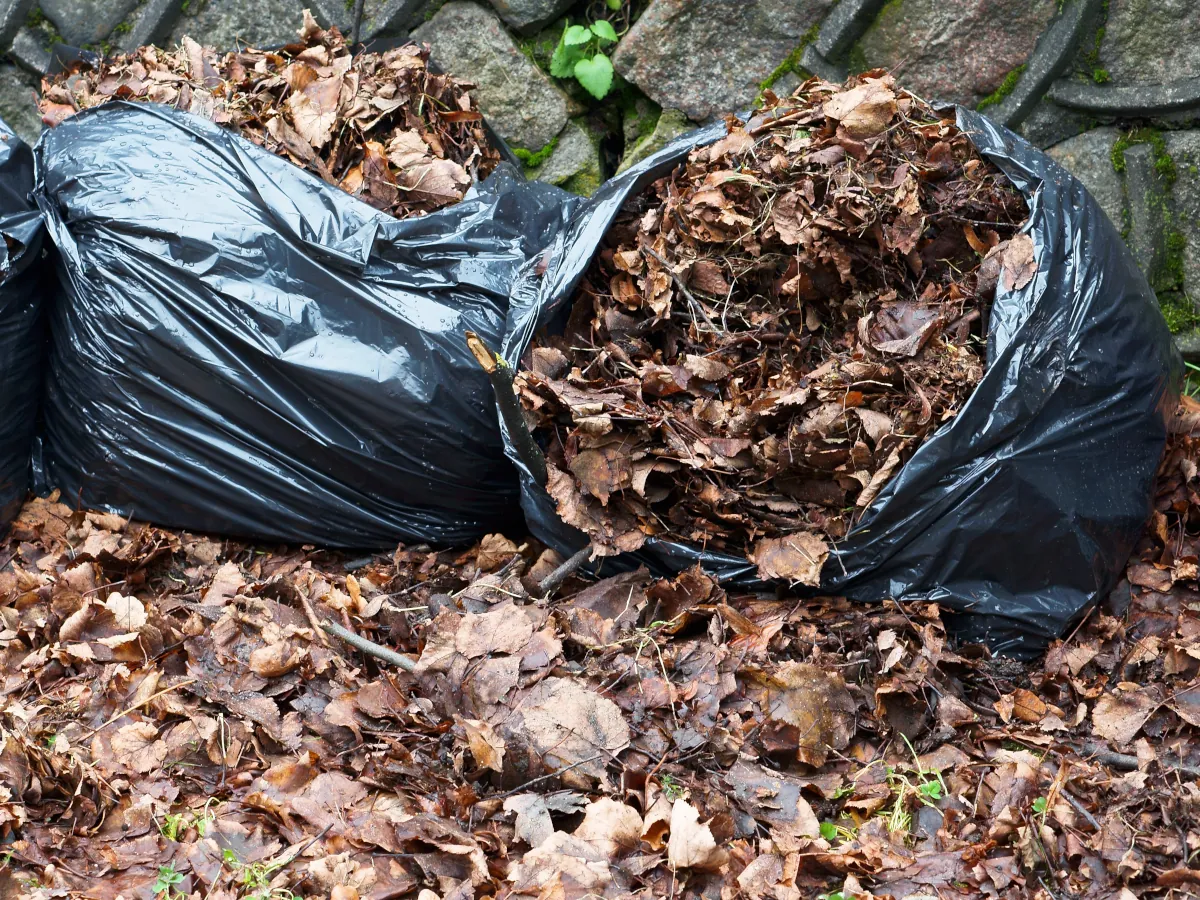
- Shredded Leaves- raked leaves saved in the Fall for use the following year are a cheap and easy way of making DIY mulch. Great for spreading around shrubs and bushes to keep weeds down, in vegetable gardens, or used in winter to insulate tender perennials, shredded leaves can act as a multipurpose mulch much like straw.
Shred leaves with a lawnmower first before applying it in your gardens. This allows water to pass through the leaf mulch layer easier, and prevent the leaves from becoming waterlogged.
- Cardboard & Newspaper - A cheap mulch option that is great for reducing weed growth and retaining moisture, cardboard and newspaper can make excellent mulch. Make sure to use black printed newspaper only, and to rip or cut the material to prevent it from becoming waterlogged.
- Hay - similar to straw, hay can be used as a garden mulch with great success. Not as great of an insulator, and decomposes fairly quick.
- Cut grass - a cheap alternative to hay or straw, grass clippings from your yard can be used to mulch your garden. Can become wet and waterlogged very easily when applied too thickly.
- Seaweed - ideal as both a fertilizer and mulch, seaweed is easily collected along beaches and coastlines around North America.
- Plastic Sheeting- Most often used in commercial applications, plastic sheeting is great for reducing the growth of weeds and retaining moisture. Use of plastic sheeting will usually require drip irrigation underneath the sheet as water can not penetrate the plastic layer,
- Rock & Gravel - Can be used as mulch though it acts mostly as a heat retention source as opposed to a weed suppressant. Looks very nice and can be used to create unique flower gardens.
Each type of mulch has its own benefits and uses in a garden. Which type you choose is up to you and why you plan on mulching as well as the look you are going for.
The Benefits Of Mulching
By adding mulch to your gardens you create a sort of insulation from the sun preventing soil from drying out in hot weather, while still allowing you to water and tend to your plants as normal.
On the other side of the coin, mulch can be used as a form of insulation from frost and cold. Covering perennial plants such as strawberries, rhubarb, garlic, and other plants in the late Fall, the mulch helps regulate the soil temperature preventing plants from sudden freezing, temperature shock, or an unexpected frost.
Depending on the types of mulch used, it will help feed and improve your soil quality as it slowly breaks down and decomposes. Mulches such as straw, shredded leaves, and other organic materials will need to be replaced or topped up yearly for maximum effect.
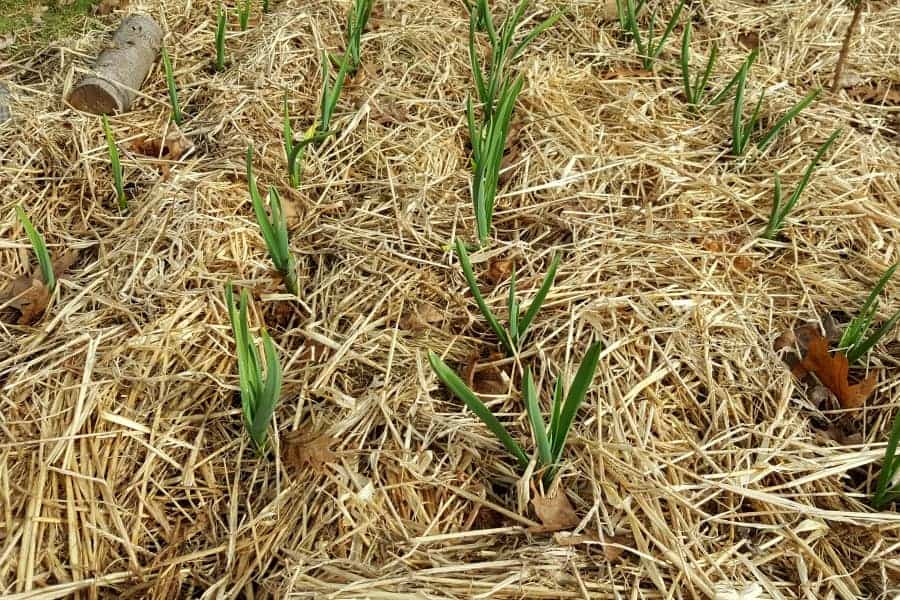
Mulch helps to control weeds by blocking sunlight from reaching unwanted plants and partially suffocating them. You can easily tell apart vegetable seedlings, and transplants from weeds by using mulch to cover areas you didn't plant 'your good plants' in.
Eventually, some stubborn weeds may push through, but they will be much easier to pull and remove with less established root systems.
Your garden will look cleaner and well tended by mulching. Rows of garlic look nicer when mulched, as do mulched flower beds, trees and shrubs, without unsightly weeds growing around their base.
Another added benefit to mulching is that soil will not splash up on your plants during rainstorms or while watering. This helps prevent the spread of soil born pests and disease.
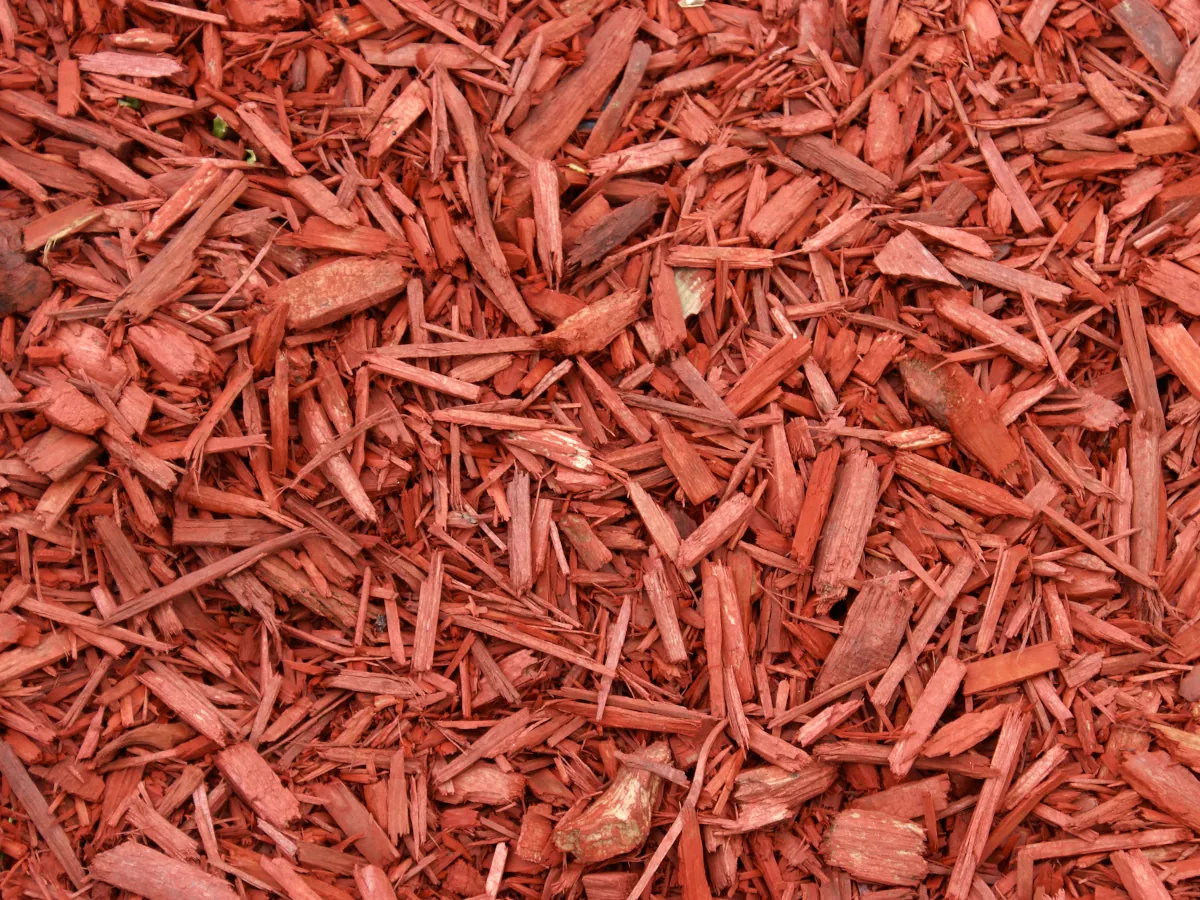
How To Use Mulch In Your Garden
Using mulch in your garden is very simple. Once you've decided why you want to mulch your garden (aesthetics, weed suppression, improving soil quality, etc.) choose an appropriate type of mulch for your garden.
While rocks may look nice and reduce weeds, they will not help improve soil quality in a vegetable garden for example. Organic mulches such as straw, seaweed, or shredded leaves would be better for that.
Once you've chosen your mulch, simply apply it to your garden. It's best to apply mulch in late spring - early summer when the soil has started to warm up and still has quite a bit of moisture in it. This locks the warmth in overnight when it cools down, and the moisture in during the day when it gets really hot.
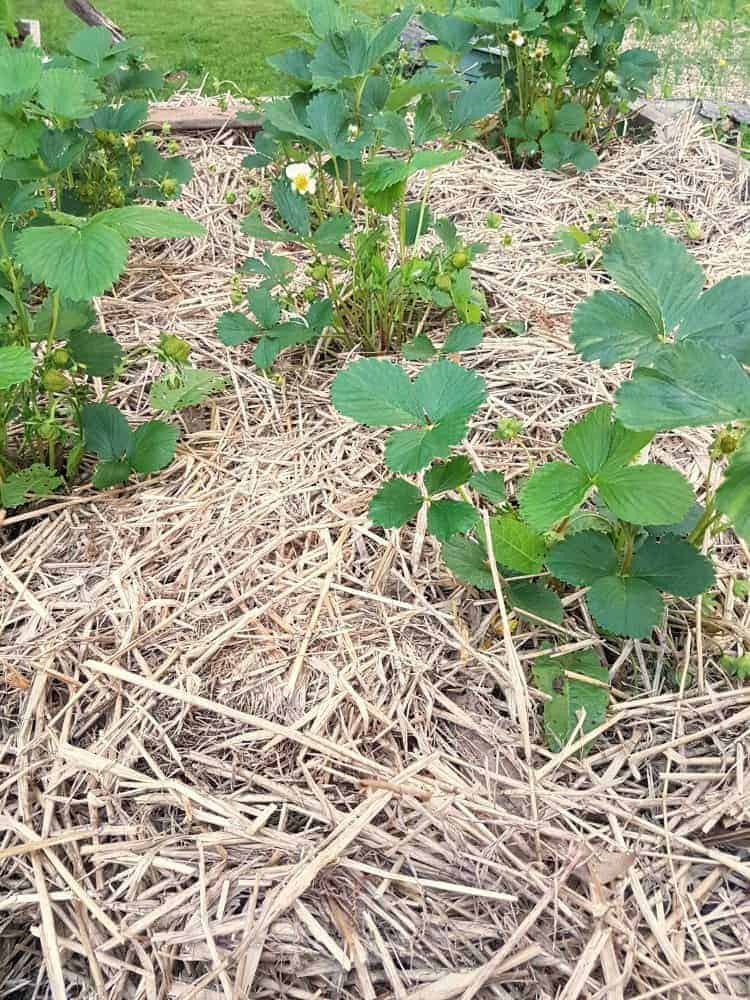
Spread the mulch evenly on top of the soil in between your plants or seedlings. Most mulches need to be applied at least 2 - 4 inches thick to be useful in most cases.
Mulching Your Garden For Winter
If mulching perennial plants in the Fall in preparation for winter, (for example strawberry plants) apply the mulch 8 - 12 inches deep. It may seem like a lot, but it will protect your plants from snow, ice, and sudden temperature change!
Some smaller more tender plants will need to be covered completely ( ie: garlic, and strawberries), while larger perennials will do OK if just their roots are protected, (ie: roses).
I prefer and reccomend using straw for this type of mulching as it acts as a superior insulator with various pockets of air to regulate temperature.
Come spring you can gently move the much aside as the plants wake up, and simply leave it in place around the plants to reduce weeds and retain moisture.
Did you find this guide useful?? Comment & Rate it below, then tag me on Facebook. For more DIY gardening tips & from scratch recipes follow me on Facebook & Pinterest

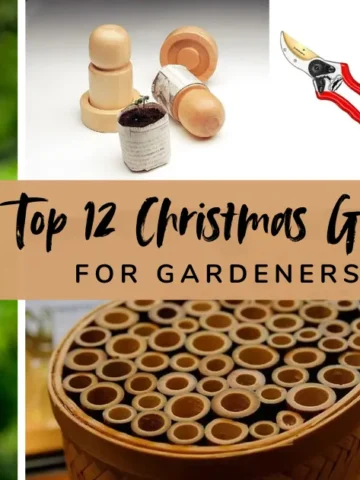
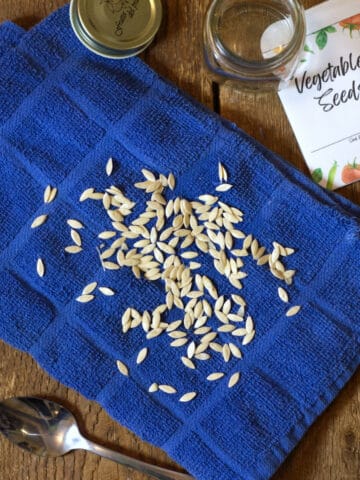
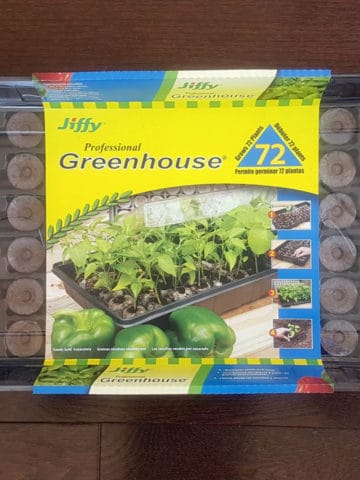
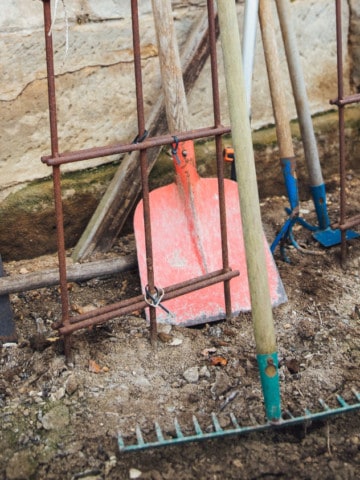
Comments
No Comments